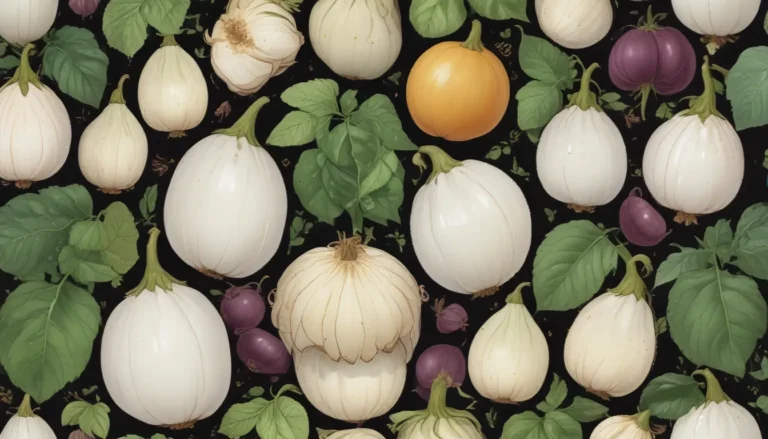The Ultimate Guide to Understanding, Preventing, and Treating Gummosis on Fruit Trees

Are you a fruit tree enthusiast looking to solve the mystery of gummosis on your beloved apricots, peaches, or plums? If so, you’ve come to the right place for expert advice and guidance on how to identify, prevent, and treat gummosis effectively.
Gummosis, the oozing of sap or gum from a tree, is a common issue faced by fruit tree growers. This phenomenon can be seen as a distress signal from your trees, indicating underlying problems that need to be addressed promptly.
Unveiling the Culprit: Leucostoma Fungi
At the root of gummosis lies a fungus originally known as Cytospora, now referred to as Leucostoma. This opportunistic fungus targets weakened trees that have experienced wounds or stress, making them susceptible to infection.
Leucostoma manifests in two primary species: L. persoonii and L. cincta. L. persoonii tends to infect stone fruits like apricots, plums, and peaches in warm climates, while L. cincta targets apples and cherries in cooler regions or high elevations.
Endemic to the US, British Columbia, Ontario, South America, Europe, and Japan, these fungi pose a threat to fruit trees globally.
Understanding Gummosis Due to Leucostoma Canker
When dealing with gummosis caused by Leucostoma canker, identifying the symptoms is crucial. Look out for canopy dieback, tree flagging, and excessive gum production, signaling an infection.
The gum produced by Leucostoma fungi showcases a dark amber color, with the underlying phloem appearing cinnamon brown upon close inspection. Fruiting bodies resembling small black pimples indicate Leucostoma canker, releasing spores that can travel long distances.
Preemptive Measures for Gummosis Prevention
Cultural Controls
-
Optimal Fertilization and Care: Maintain the health of your trees through optimal mulching, watering, and nutrition. Consider nitrogen fertilization in late winter or early spring to protect new growth from fall cold damage.
-
Prune Precisely: Make sharp cuts during dry summer weather, removing infected limbs and twigs to prevent the spread of the fungus. Sterilize your tools diligently between cuts to avoid cross-contamination.
-
Protect from Sunscald: Shield the tree trunk from winter sunscald by painting it with a solution of white latex paint and water or using white tree wrap from December to March.
-
Guard Against Rodents and Insects: Prevent wound creation by pests through rodent and insect control measures, including the application of insecticides to deter borers.
-
Ensure Proper Drainage: Prevent cold-induced crown injuries by maintaining proper water drainage away from the tree base.
Chemical Controls
In areas with prevalent Leucostoma pathogens, chemical treatments can serve as preventive measures against gummosis. Use captan, thiophanate-methyl, or lime sulfur (Bordeaux mixture) in 50% latex or kaolin clay on fresh pruning wounds to safeguard the tree from infection.
Vigilant Monitoring of Tree Health
Regular monitoring of your fruit trees is essential to catch early signs of stress or infection. Be cautious when pruning backyard trees susceptible to Leucostoma canker, considering post-pruning chemical treatments to mitigate fungal entry through wounds.
Upon detecting gummosis, promptly identify the fungal cause and remove affected tissue to prevent further spread. Infected trees should be removed to prevent the fungus from continuing to produce spores and infect neighboring trees.
Have you encountered the challenge of gummosis in your orchard? Share your experiences and tips in the comments! For more insights on fruit tree care, explore our guides on related topics like collar and crown rot prevention and understanding tree burr knots and crown galls.
Wrapping Up
In conclusion, proactive steps such as optimal tree care, precise pruning, and chemical treatments can help combat gummosis effectively. By understanding the nuances of Leucostoma fungi and implementing preventive strategies, you can protect your fruit trees and ensure a bountiful harvest.
Remember, a healthy and well-maintained orchard is key to preventing gummosis and other tree diseases. Stay informed, stay vigilant, and let your fruit trees thrive!





